This article was co-authored by Monica Kieu, DO, FACS. Dr. Monica Kieu is a board certified Otolaryngologist and Specialist in Facial Plastic and Reconstructive Surgery in Los Angeles, California. Dr. Kieu received a BS in Anthropology from the University of California, Riverside and earned her medical degree (DO), with honors, from Western University of Health Sciences in Pomona. She then completed her residency in Otolaryngology-Head and Neck Surgery at Michigan State University/Detroit Medical Center, where she served as chief resident. Dr. Kieu also completed a prestigious fellowship in Facial Plastic and Reconstructive Surgery at the University of Toronto. She is a member of the American Academy of Otolaryngology-Head and Neck Surgery, American Osteopathic Colleges of Ophthalmology and Otolaryngology-Head and Neck Surgery, American Academy of Cosmetic Surgery, American Academy of Facial Plastic and Reconstructive Surgery, and the American Rhinologic Society. Dr. Kieu was recently named one of LA’s Top Docs by Los Angeles Magazine.
There are 9 references cited in this article, which can be found at the bottom of the page.
This article has been viewed 1,387,893 times.
A bug in an ear can be quite scary. Bugs, such as moths, cockroaches, ladybugs, and beetles, can crawl into ears while you sleep or during outdoor activities. Entomologists suspect that bugs crawl into ear canals to keep warm or keep safe. Whatever the reason, a bug in the ear is no fun. You will need to remove the insect to avoid hearing loss, ear damage, and infection.
Steps
Removing the Bug
-
1Tilt your head and use your fingers to wiggle your ears. One way to try to remove a bug in your ear is to use gravity. Point your ear toward the ground and attempt to wiggle your ear. Grasp the pinna (outside of the ear) and give it a wiggle. [1] If the bug is not too far into your ear canal, it may fall out on its own.
-
2Flush the ear with warm water with a dropper or a bulb syringe. Hold your head upright and stretch the ear canal by pulling the outer ear. Put a steady stream of warm water into your ear. Tilt your head to the side to drain out your ear. [2] Do not irrigate your ear if you think your ear drum has been ruptured to avoid causing additional damage.Advertisement
-
3Use mineral oil to kill the bug. Use a drop or two of mineral, baby, or olive oil inside your ear canal to kill the insect. This can help you to avoid stinging or eardrum rupture from scratching or biting. [3]
-
4Let the bug make its way out on its own. If the bug is still alive and is not too far inside of the ear canal, it may simply come out on its own. If you stay calm and keep objects (like fingers) away from your ears, there is a chance that the bug will find its way back out of your ear.
-
5Go to a doctor for treatment. A doctor will take a closer look inside your ear using a special tool called an otoscope.[4] Once they've located the object, they can use a special suction device, commonly used to remove ear wax, to attempt to remove the bug. This may be dangerous to try on your own, so make sure you visit an emergency room or urgent care clinic an allow a professional to remove the bug for you.
Preparation
-
1Identify if you have a bug in your ear. Your ears can be sensitive for many reasons. They can be tender because of allergies or weather changes. If you have a bug in your ear, you may experience pain, swelling, blood, and crackling. You may even feel biting or stinging.[5] You may also experience hearing loss or dizziness.
-
2Stay calm! While a bug in the ear may be scary, it is best to stay calm in this situation. Being too active may lodge the bug further in your ear or cause it to crawl further back, or cause damage to the sensitive inner ear or eardrum.
-
3
-
4Locate the bug. If the bug has crawled all the way against your eardrum, you may want to consider a trip to your doctor to remove it. Have someone shine a flashlight or a lighted magnifying glass in your ear to attempt to locate and identify the creature. This can help to diagnose the bug's location as well as the type of bug.
-
5Get into a comfortable position. To set up for removal, you want to get into a comfortable position. This might be sitting somewhere comfortable with your head tilted to the side so that you or a friend can easily access the ear. You might find it comfortable to lay on your side with your ear facing the ceiling.[8]
Recovering
-
1Inspect the bug for missing parts. Make sure that you have removed the entire bug from your ear. If you missed any parts, it may cause further problems such as an ear infection. Carefully inspect whatever objects you remove from your ears.
-
2Take it easy. Removing a live animal from your ear is a stressful procedure. Flushing or suctioning your ears may also cause slight dizziness due to stress on the middle ear. Avoid standing up too quickly and strenuous exercise for at least a day after the procedure.
-
3
-
4Follow up with a doctor. If you are unsure if you have removed all of the insect, or you are worried about infection, make an appointment with your family physician to make sure you are completely healthy. They may refer you to a Otolaryngologist, an ear specialist, for follow up diagnostics.
Expert Q&A
Did you know you can get expert answers for this article?
Unlock expert answers by supporting wikiHow
-
QuestionCan I remove a bug with a Q-tip?
 Monica Kieu, DO, FACSDr. Monica Kieu is a board certified Otolaryngologist and Specialist in Facial Plastic and Reconstructive Surgery in Los Angeles, California. Dr. Kieu received a BS in Anthropology from the University of California, Riverside and earned her medical degree (DO), with honors, from Western University of Health Sciences in Pomona. She then completed her residency in Otolaryngology-Head and Neck Surgery at Michigan State University/Detroit Medical Center, where she served as chief resident. Dr. Kieu also completed a prestigious fellowship in Facial Plastic and Reconstructive Surgery at the University of Toronto. She is a member of the American Academy of Otolaryngology-Head and Neck Surgery, American Osteopathic Colleges of Ophthalmology and Otolaryngology-Head and Neck Surgery, American Academy of Cosmetic Surgery, American Academy of Facial Plastic and Reconstructive Surgery, and the American Rhinologic Society. Dr. Kieu was recently named one of LA’s Top Docs by Los Angeles Magazine.
Monica Kieu, DO, FACSDr. Monica Kieu is a board certified Otolaryngologist and Specialist in Facial Plastic and Reconstructive Surgery in Los Angeles, California. Dr. Kieu received a BS in Anthropology from the University of California, Riverside and earned her medical degree (DO), with honors, from Western University of Health Sciences in Pomona. She then completed her residency in Otolaryngology-Head and Neck Surgery at Michigan State University/Detroit Medical Center, where she served as chief resident. Dr. Kieu also completed a prestigious fellowship in Facial Plastic and Reconstructive Surgery at the University of Toronto. She is a member of the American Academy of Otolaryngology-Head and Neck Surgery, American Osteopathic Colleges of Ophthalmology and Otolaryngology-Head and Neck Surgery, American Academy of Cosmetic Surgery, American Academy of Facial Plastic and Reconstructive Surgery, and the American Rhinologic Society. Dr. Kieu was recently named one of LA’s Top Docs by Los Angeles Magazine.
Board Certified Otolaryngologist
-
QuestionWhat about trying to blow cigarette smoke in the ear. I've heard this could work?
 Bobby Homayoon, MDDr. Homayoon is a Sports Medicine Physician based in Alberta, Canada. Dr. Homayoon specializes in sports medicine, internal medicine, public health and epidemiology. He received his MD from the University of British Columbia Faculty of Medicine in 2015, completed a Residency in Internal Medicine at the University of Calgary and the University of Ottawa in 2019. He is a member of The College of Family Physicians in Canada.
Bobby Homayoon, MDDr. Homayoon is a Sports Medicine Physician based in Alberta, Canada. Dr. Homayoon specializes in sports medicine, internal medicine, public health and epidemiology. He received his MD from the University of British Columbia Faculty of Medicine in 2015, completed a Residency in Internal Medicine at the University of Calgary and the University of Ottawa in 2019. He is a member of The College of Family Physicians in Canada.
Family & Sports Medicine Physician
Warnings
- Never try to remove an insect with tweezers, bobby pins, cotton swabs or any other object. This will only lodge the insect deeper in the ear canal, making removal even more difficult. It can also damage the eardrum leading to permanent hearing loss.⧼thumbs_response⧽
References
- ↑ http://www.asha.org/public/hearing/Outer-Ear/
- ↑ https://www.mayoclinic.org/first-aid/first-aid/basics/art-20056709
- ↑ https://www.nlm.nih.gov/medlineplus/ency/article/000052.htm
- ↑ Monica Kieu, DO, FACS. Board Certified Otolaryngologist. Expert Interview. 20 October 2020.
- ↑ https://www.health.harvard.edu/a_to_z/foreign-objects-in-the-ear-a-to-z
- ↑ Monica Kieu, DO, FACS. Board Certified Otolaryngologist. Expert Interview. 20 October 2020.
- ↑ http://www.npr.org/templates/story/story.php?storyId=94855186
- ↑ https://www.stanfordchildrens.org/en/topic/default?id=insects-in-the-ear-90-P02828
- ↑ https://www.urmc.rochester.edu/encyclopedia/content.aspx?ContentTypeID=90&ContentID=P02828
- ↑ Monica Kieu, DO, FACS. Board Certified Otolaryngologist. Expert Interview. 20 October 2020.
- ↑ https://www.nlm.nih.gov/medlineplus/ency/article/000638.htm
About This Article
To remove a bug from your ear, try tilting your ear toward the ground and wiggling your ear lobe until the bug comes out. If the bug is still alive, squirt a drop or two of baby oil or olive oil into your ear canal to kill the insect and avoid it stinging or biting your eardrum. Alternatively, you can try flushing the bug out with a dropper or bulb syringe filled with warm water. If all else fails, you may want to go to a doctor or medical professional, who can use a special suction device to remove the bug. Avoid using tools, such as cotton swabs and tweezers, to remove the bug since it could push it further into your ear. For more tips from our Medical co-author, including how to recover from a bug removal, read on!

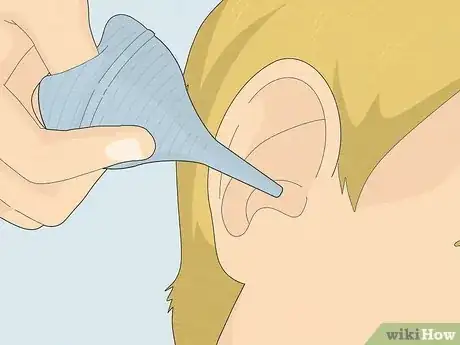
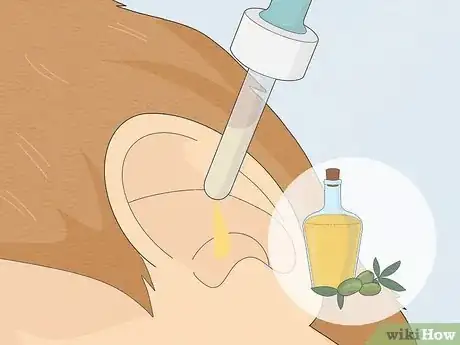
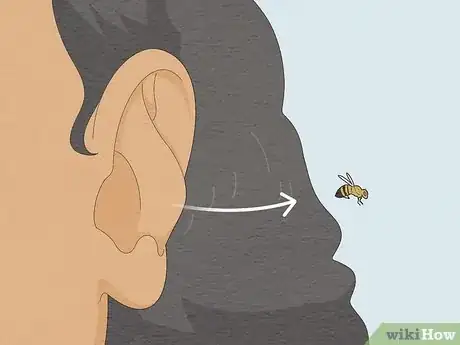
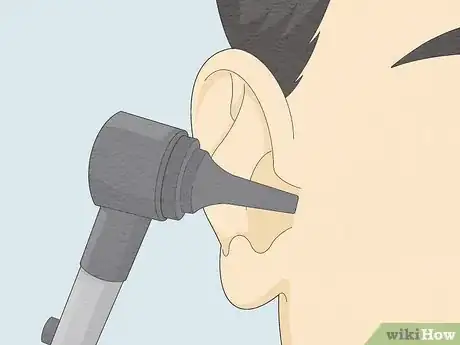

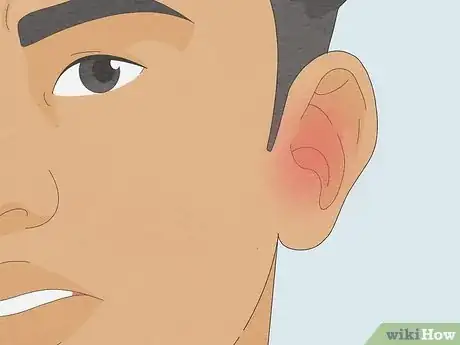

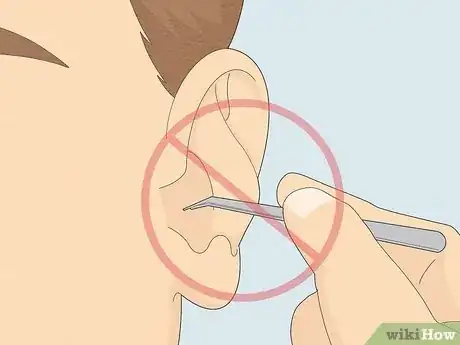
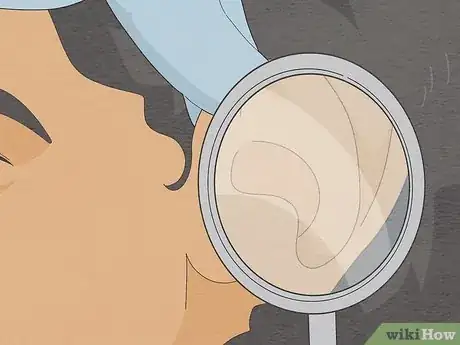



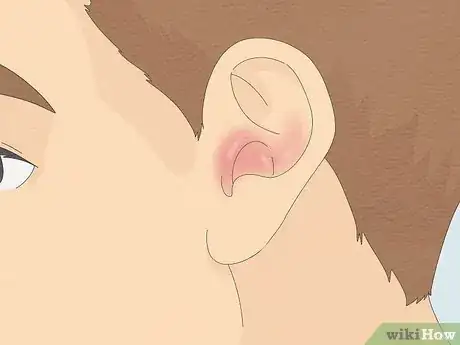
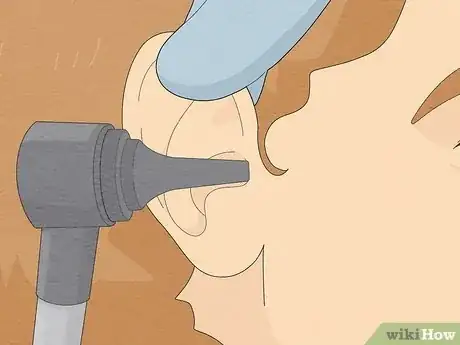









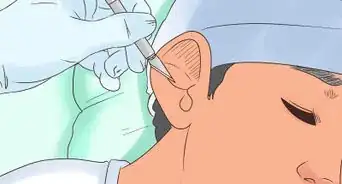
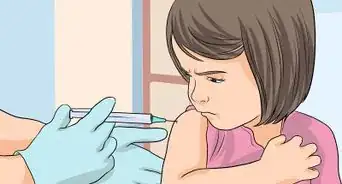
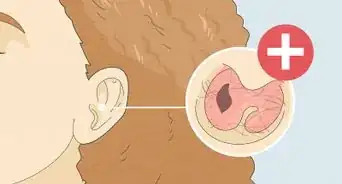
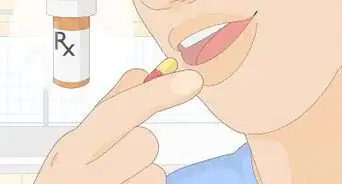









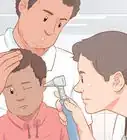


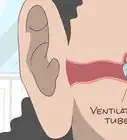



































Medical Disclaimer
The content of this article is not intended to be a substitute for professional medical advice, examination, diagnosis, or treatment. You should always contact your doctor or other qualified healthcare professional before starting, changing, or stopping any kind of health treatment.
Read More...